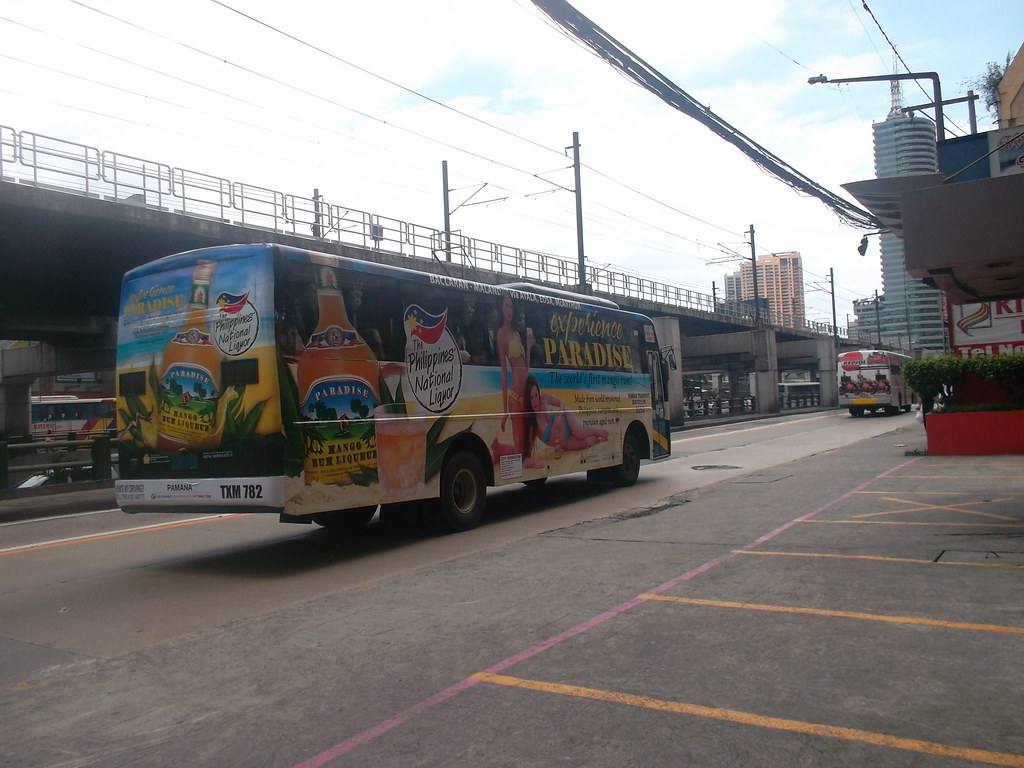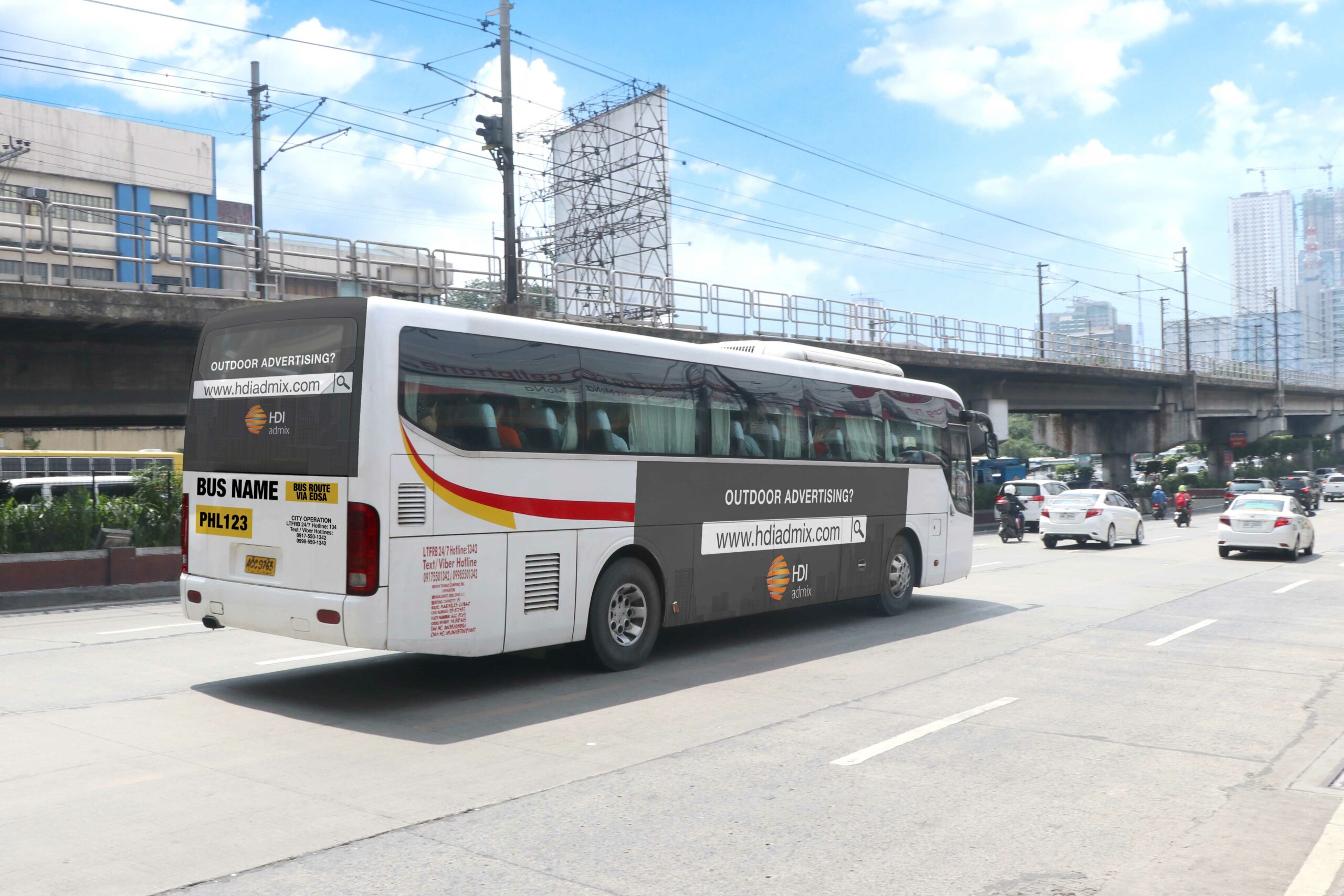Just How Transit Advertising And Marketing Can Transform Mass Transit Spaces Into Dynamic Advertising And Marketing Platforms
Transit advertising holds substantial potential to redefine public transportation spaces right into vivid advertising systems that educate and involve. As we discover the complex advantages and advancing approaches of transportation advertising, it increases the concern of exactly how this improvement might redefine our communications with both brands and the urban environment.
Benefits of Transportation Advertising And Marketing
In addition, transit advertising is extremely affordable contrasted to typical media. It enables advertisers to attain high impressions at reduced expenses, optimizing roi. The restricted audience of travelers supplies a chance for brands to communicate their messages to people who are frequently responsive during their traveling times.
Furthermore, the vibrant nature of transportation marketing allows campaigns to be upgraded frequently, making certain that messaging remains pertinent and timely. This flexibility can be essential in reacting to market patterns or marketing events, keeping the brand name top-of-mind for customers. Lastly, the pervasive presence of transportation advertising adds to brand recall; duplicated direct exposure within acquainted travel contexts reinforces brand name recognition and promotes customer loyalty, ultimately driving sales and improving brand name track record.
Kinds of Transportation Advertising
Mass transit systems give different styles for advertising and marketing, each dealing with various marketing techniques and audience interaction approaches. One noticeable type is external bus and train covers, which cover the whole vehicle and produce a mobile billboard impact, permitting high presence in urban environments. These wraps can catch focus as they pass through active roads, reaching a varied target market.
An additional preferred style is interior marketing, that includes posters, electronic displays, and ads on transportation seats. These positionings involve travelers during their journey, strengthening brand messaging in a confined room. Digital shows, in particular, supply the benefit of dynamic web content, making it possible for marketers to upgrade messages in real-time.
Station advertising is additionally considerable, featuring posters, banners, and interactive stands within transit stations. These advertisements utilize foot web traffic and can target details demographics based upon area.
Finally, promotional collaborations with transportation authorities can lead to one-of-a-kind campaigns, such as themed transportation experiences or occasions, enhancing the overall interaction with commuters. Each kind of transit marketing offers distinctive benefits, permitting brands to tailor their strategy to successfully reach their target market within the public transport ecosystem.
Involving Commuters Successfully
Travelers are increasingly flooded with advertising messages throughout their daily journeys, making it essential for brands to involve them in innovative methods. To record attention in this crowded room, marketers should prioritize creativity and importance. Utilizing captivating visuals and succinct messaging can considerably improve the chance of engagement.
Interactive aspects, such as QR codes or enhanced fact functions, can additionally change static ads into immersive experiences, promoting a deeper link with the target market. Brand names need to concentrate on dealing with travelers' demands and passions, tailoring messages to resonate with their way of living, whether via promos for local businesses or solutions developed to enhance their commuting experience.
Furthermore, timing plays an important function; tactically putting ads during top commuting hours can take full advantage of presence and influence. Involving travelers properly additionally entails leveraging social media sites assimilation, permitting guests to share their experiences or promotions straight from transportation platforms, consequently magnifying brand name reach.
Essentially, efficient interaction hinges on comprehending the commuter journey and producing compelling, interactive, and pertinent advertising and marketing experiences that not just catch attention yet additionally drive action and loyalty. By doing so, brand names can change public transportation right into a dynamic advertising platform that reverberates with its target market.

Measuring Advertising And Marketing Influence
Exactly how can brands properly examine the effectiveness of their ad campaign in transit settings? Determining the influence of transit marketing calls for a multifaceted technique that integrates measurable and qualitative metrics. One widespread approach is tracking involvement through mobile analytics, where brand names can examine foot website traffic patterns and app communications previously, throughout, and after projects.
Studies can provide important insights into brand recall and customer sentiment, allowing brand names to assess exactly how well their messages reverberate with travelers. Additionally, keeping track of social media sites engagement relevant to certain projects can expose shifts in public assumption and brand name conversation.

Additionally, collaborating with transit firms can improve dimension accuracy, as they often have detailed market data on ridership patterns. By integrating these approaches, brand names can establish a comprehensive understanding of their marketing efficiency, guaranteeing that their campaigns not just get to yet additionally influence their target audiences properly.
Future Trends en route Advertising And Marketing
A substantial shift is anticipated in transit advertising as technological developments and changing customer habits reshape find out the landscape. Transit Advertising Philippines. The integration of digital displays and interactive media is expected to enhance interaction, permitting brands to provide vibrant web content that resonates with diverse target markets. As public transport systems welcome smart modern technology, marketers will take advantage of real-time data analytics to check out here customize messages based on passenger demographics and habits
Additionally, increased truth (AR) is poised to change the means travelers interact with promotions. By supplying immersive experiences, AR can transform an ordinary trip right into an interesting story that catches attention and cultivates brand commitment. This development will likely urge advertisers to create more experiential projects that drive consumer interaction.
Sustainability is another important fad affecting transportation advertising and marketing. As environmental consciousness grows, brands will increasingly look for to straighten with green methods, using sustainable materials and advertising eco-friendly campaigns within their campaigns.
Final Thought
In verdict, transportation advertising provides considerable advantages by improving brand name presence and engaging a captive audience. As patterns progress, the possibility for cutting-edge communications in between travelers and brand names is positioned to expand, making sure that transportation advertising and marketing stays a vital element of modern advertising methods.
Transportation advertising holds substantial potential to redefine public transportation spaces into vibrant advertising systems that involve and inform. The prevalent existence of transit marketing contributes to brand name recall; repeated exposure you can try these out within acquainted traveling contexts enhances brand name understanding and cultivates customer commitment, ultimately boosting and driving sales brand name track record.
How can brand names precisely evaluate the effectiveness of their advertising and marketing campaigns in transportation atmospheres?In conclusion, transportation marketing offers substantial benefits by enhancing brand name visibility and involving a captive target market. Transit Advertising Philippines. As patterns evolve, the possibility for innovative communications between brand names and commuters is poised to expand, making sure that transit marketing remains a crucial component of contemporary marketing approaches